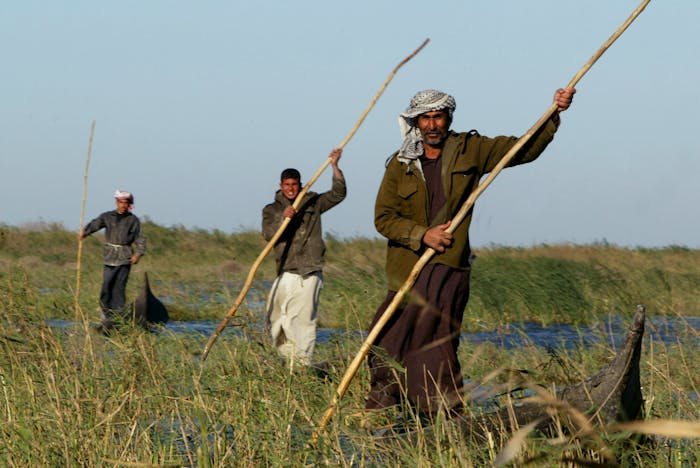The Disappearance of Famous Marsh
Disclaimer: The content has been put together as an example of a story populated by users.
Saddam Hussein, who accused the region’s Marsh Arab inhabitants of treachery during the 1980-1988 war with Iran, dammed and drained the marshes in the 1990s to flush out rebels hiding in the reeds.
"Try to imagine how life would change if your water supply suddenly vanished.That’s what happened to the Ma’dan people of southern Iraq—the Marsh Arabs—when the water started to disappear from the Mesopotamian marshes, or 'the land between the rivers', where they had lived for more than 2,000 years."
.

 16 Peace, Justice and Strong Institutions
16 Peace, Justice and Strong Institutions
 03 Good Health and Well-being
03 Good Health and Well-being
 06 Clean Water and Sanitation
06 Clean Water and Sanitation